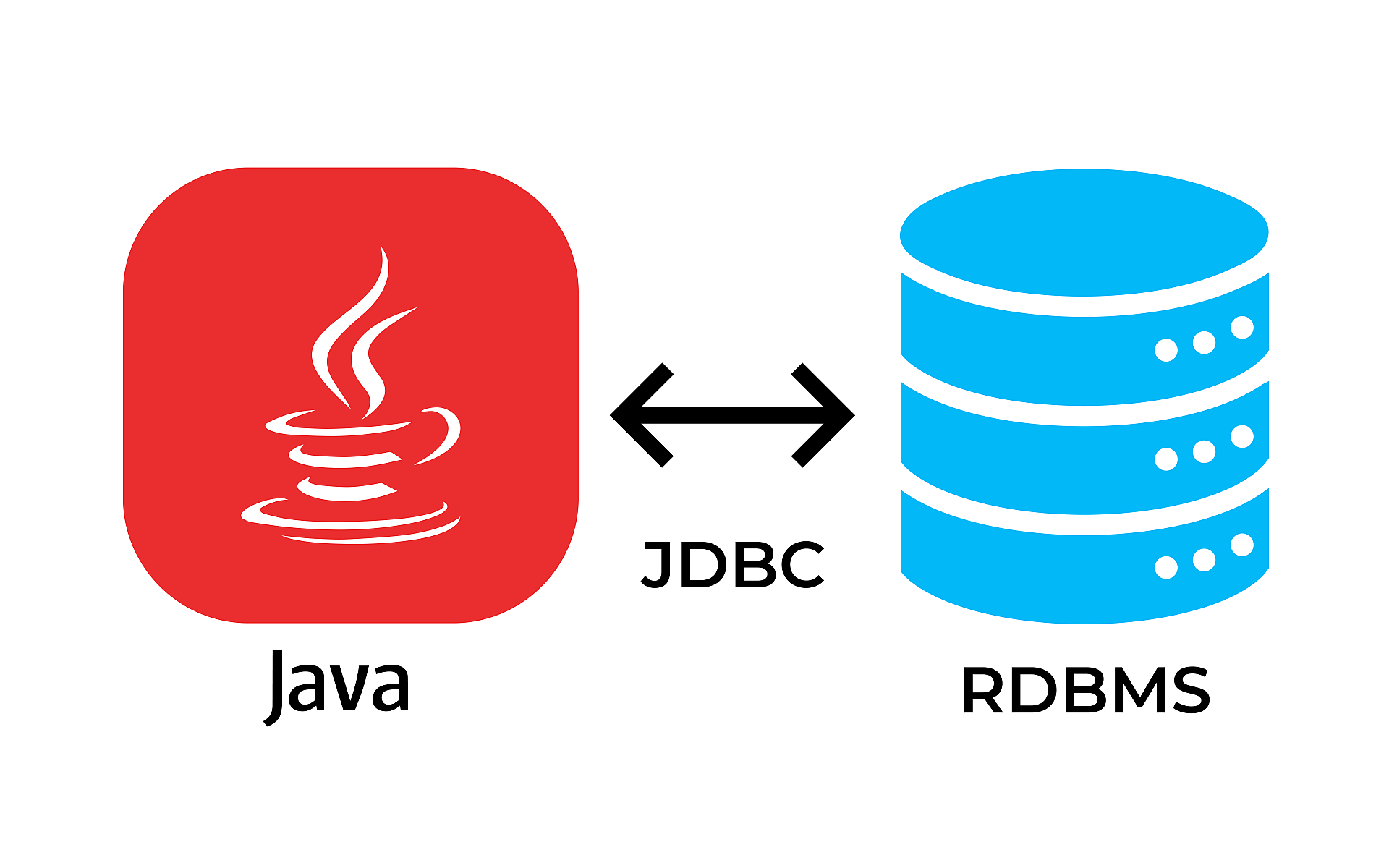Day 1 - Introduction to JDBC:
 Akshay Kunchalapalli
Akshay Kunchalapalli
What is JDBC?
As a developer exploring the world of Java Database Connectivity (JDBC), I was astounded by the amazing link it offers between Java programs and databases everywhere. Java Database Connectivity, or JDBC for short, is more than just an acronym; it's the key to opening up a world of database possibilities.
Hey there! Let's dive into the fascinating world of JDBC (Java Database Connectivity) together. So, what exactly is JDBC? Well, as the name suggests, it's the bridge that connects your Java programs to databases. Whether it's MySQL, Oracle, DB2, or Ingres, JDBC allows you to seamlessly connect with any database out there.
Think of JDBC as an API (Application Programming Interface) that sets the standards for connecting Java programs to databases. It provides a set of methods, packages, classes, and interfaces, guiding developers like us to follow a specific path. The beauty of JDBC lies in its universality – the steps to connect your Java program to any database remain the same, allowing you to switch databases without altering your Java code.
Now, let's talk about the essential steps in JDBC connectivity – a five-step procedure that opens the door to a world of database possibilities.
JDBC Steps:
1. Register the Driver:
First things first, you need to decide which database you want to connect to. Each database requires its own driver. So, register with the driver of your chosen database. Once registered, your Java program is ready to fix the connection with the database, and the driver takes care of the rest.
2. Get the Connection:
After the driver is registered, it establishes a connection between your Java program and the database. This connection is essential for executing queries – the heart of any database interaction. The great part is, the steps for connecting remain the same, regardless of the database.
3. Create the Statement Object:
Now that the connection is established, it's time to send queries to the database and retrieve results. To do this, we create a statement object for the connection. This object acts as a messenger, carrying queries from the Java program to the database and bringing back the results.
4. Execute the Queries:
With a successful connection and the statement object in play, we can now execute queries. The Java program sends queries to the database, they get processed there, and the results are returned to the program for further processing and display to the user.
5. Close the Connection:
Here comes the final step – closing the connection. Why is this important? Most databases have a limit on the number of connections they can accept. Closing the connection ensures that new users can connect without hitting these limits, preventing errors like "too many connections."
Impact of JDBC:
Now, let's take a moment to appreciate the impact of JDBC on our digital lives. Applications like Google, Facebook, Instagram, and Gmail owe their existence to JDBC connectivity. Our login credentials, messages, photos – everything is stored and accessed seamlessly due to the integration of Java programs with databases.
In a world where queries run in databases, and Java programs run in isolation, we wouldn't have the diverse and dynamic applications we enjoy today. JDBC serves as the backbone, connecting the dots between our Java programs and the vast world of databases, enabling the creation of incredible applications. Cheers to the power of JDBC!
Subscribe to my newsletter
Read articles from Akshay Kunchalapalli directly inside your inbox. Subscribe to the newsletter, and don't miss out.
Written by

Akshay Kunchalapalli
Akshay Kunchalapalli
I'm Akshay, a Tech Alchemist and perpetual explorer of the digital universe. With a background in mechanical engineering and a heart that beats for data science, I've woven a tapestry of skills that traverse diverse programming languages like Python, Core Java, and Javascript. I'm the architect behind web marvels, having conjured web applications using Flask and Django frameworks. But true magic lies in collaboration. I am a firm believer in the potency of shared innovation, and as such, I've ventured into the realm of open-source projects. Here, amidst the symphony of diverse minds, I add my unique notes, harmonizing with the grand melody of creation. Beyond the screens, I'm an avid problem-solver, an advocate for efficiency, and a disciple of continuous learning. Join me in unraveling the threads of technology as we weave together innovation and imagination, crafting solutions that resonate in this ever-evolving landscape. Let's explore, experiment, and engineer the future together!